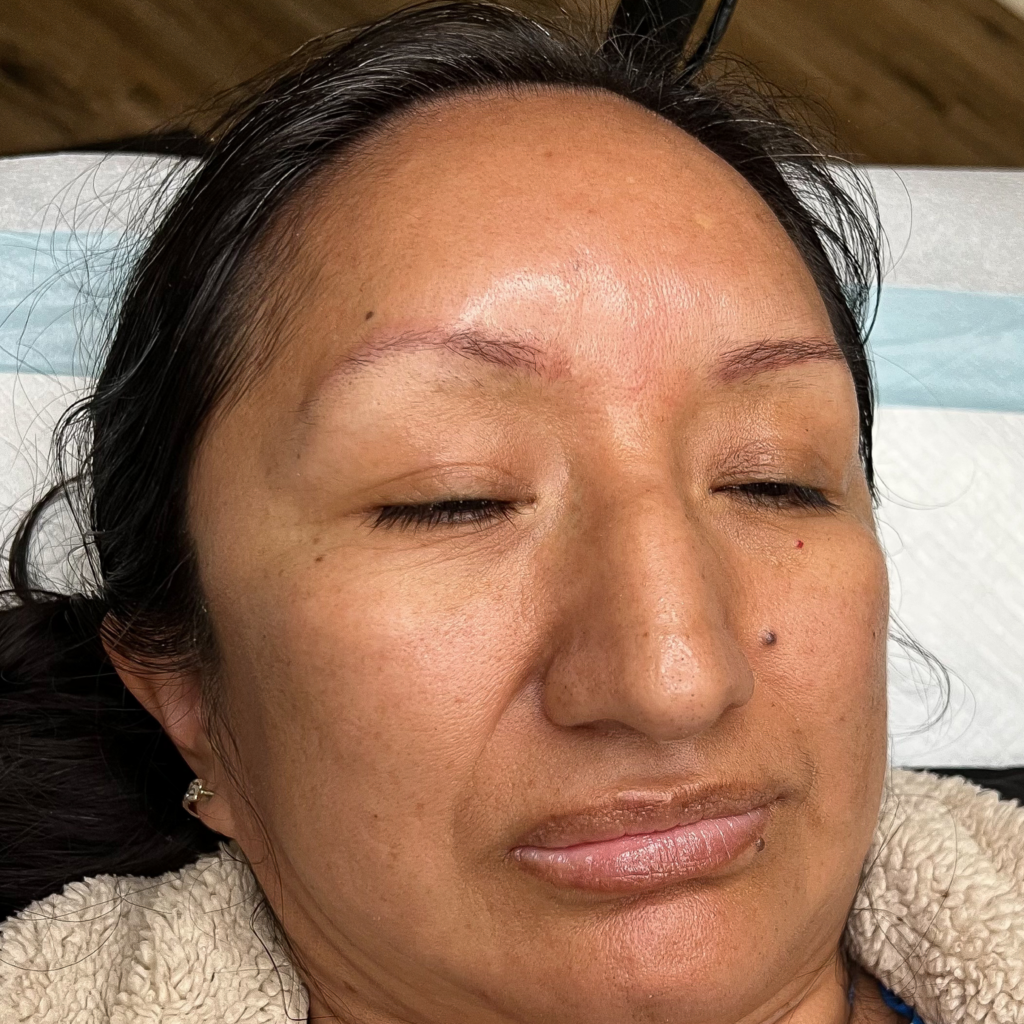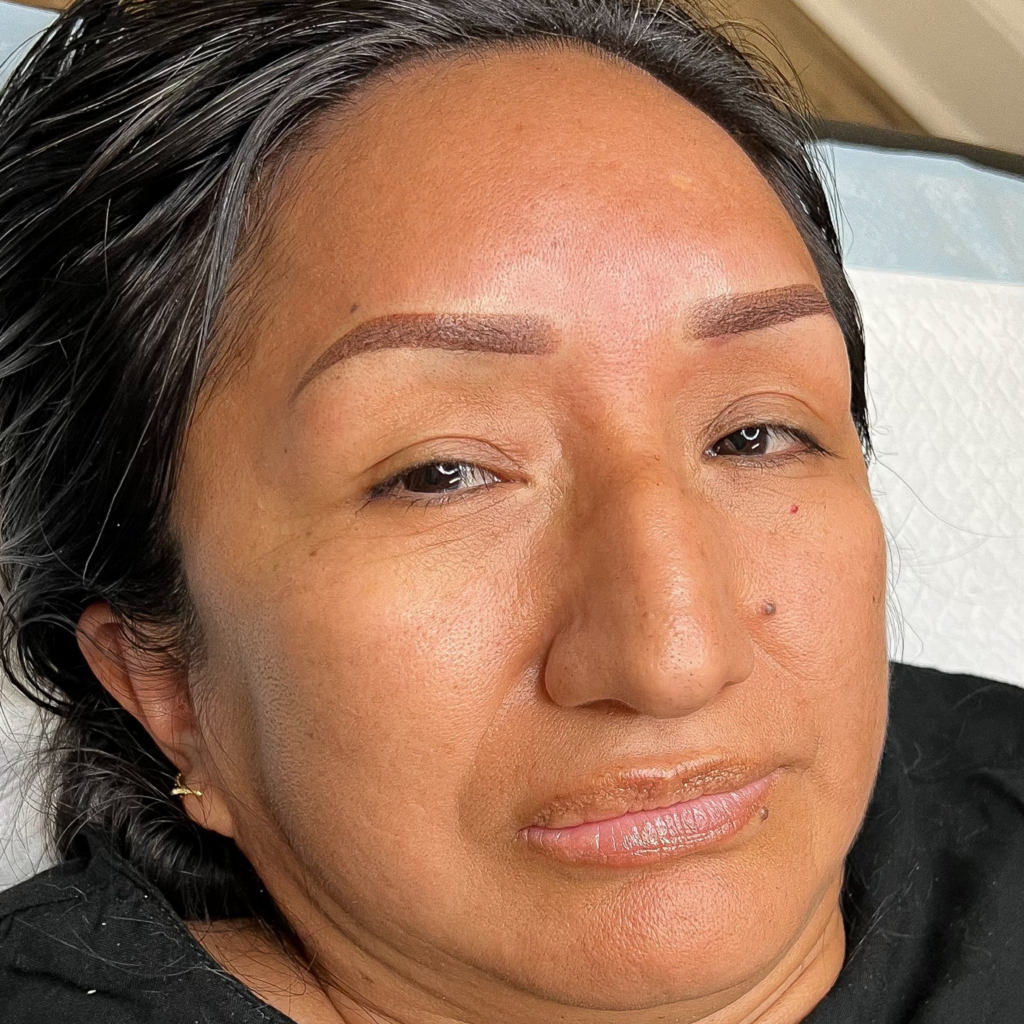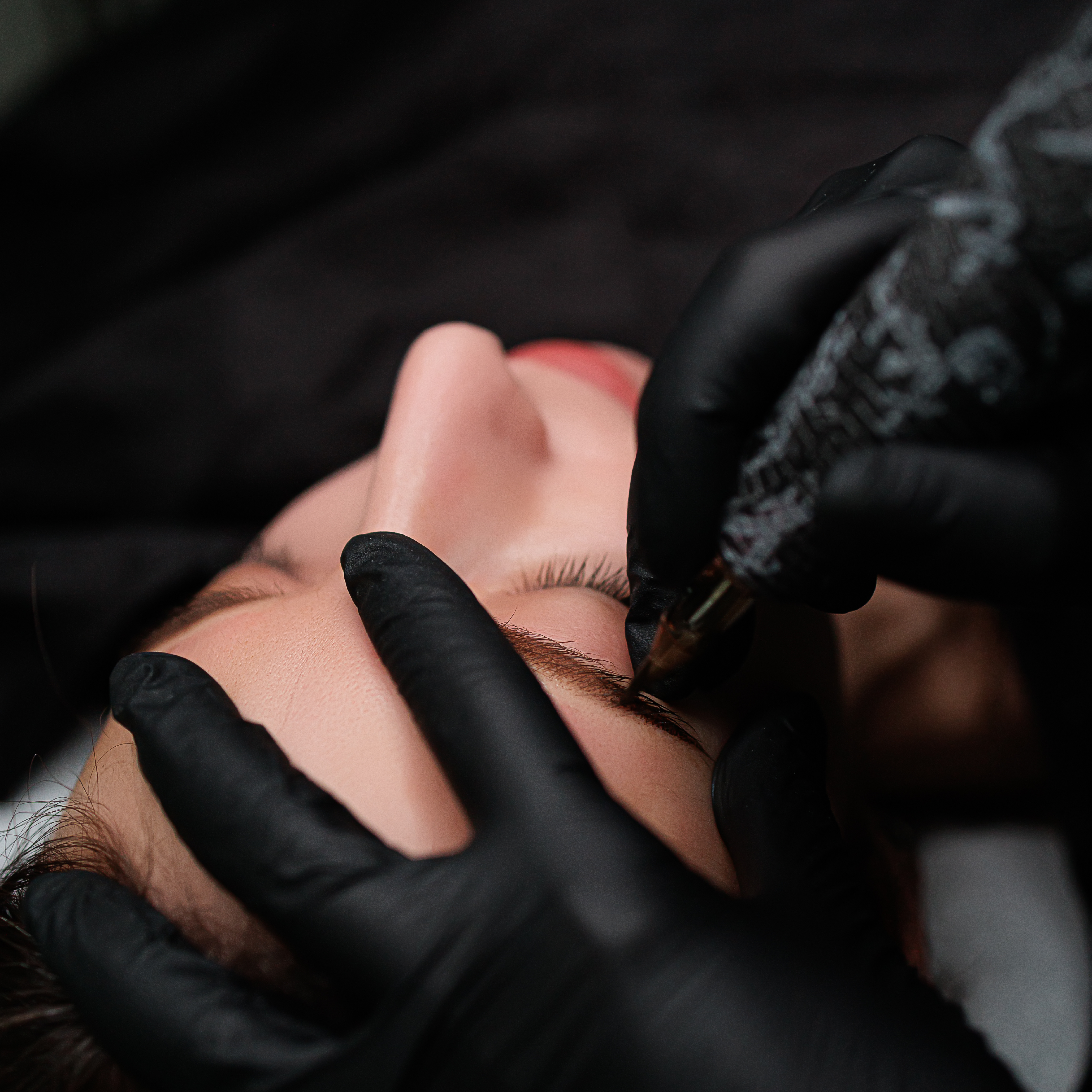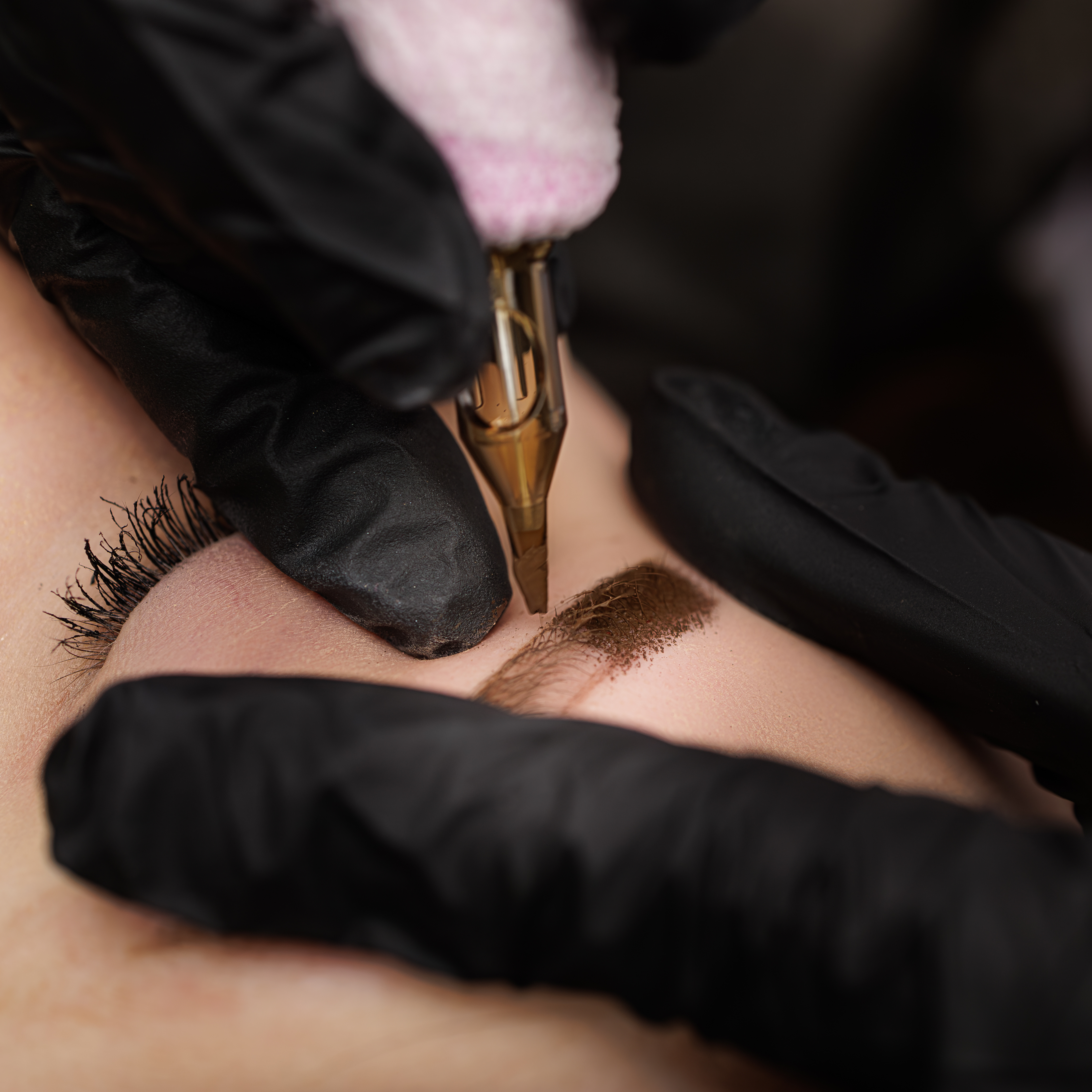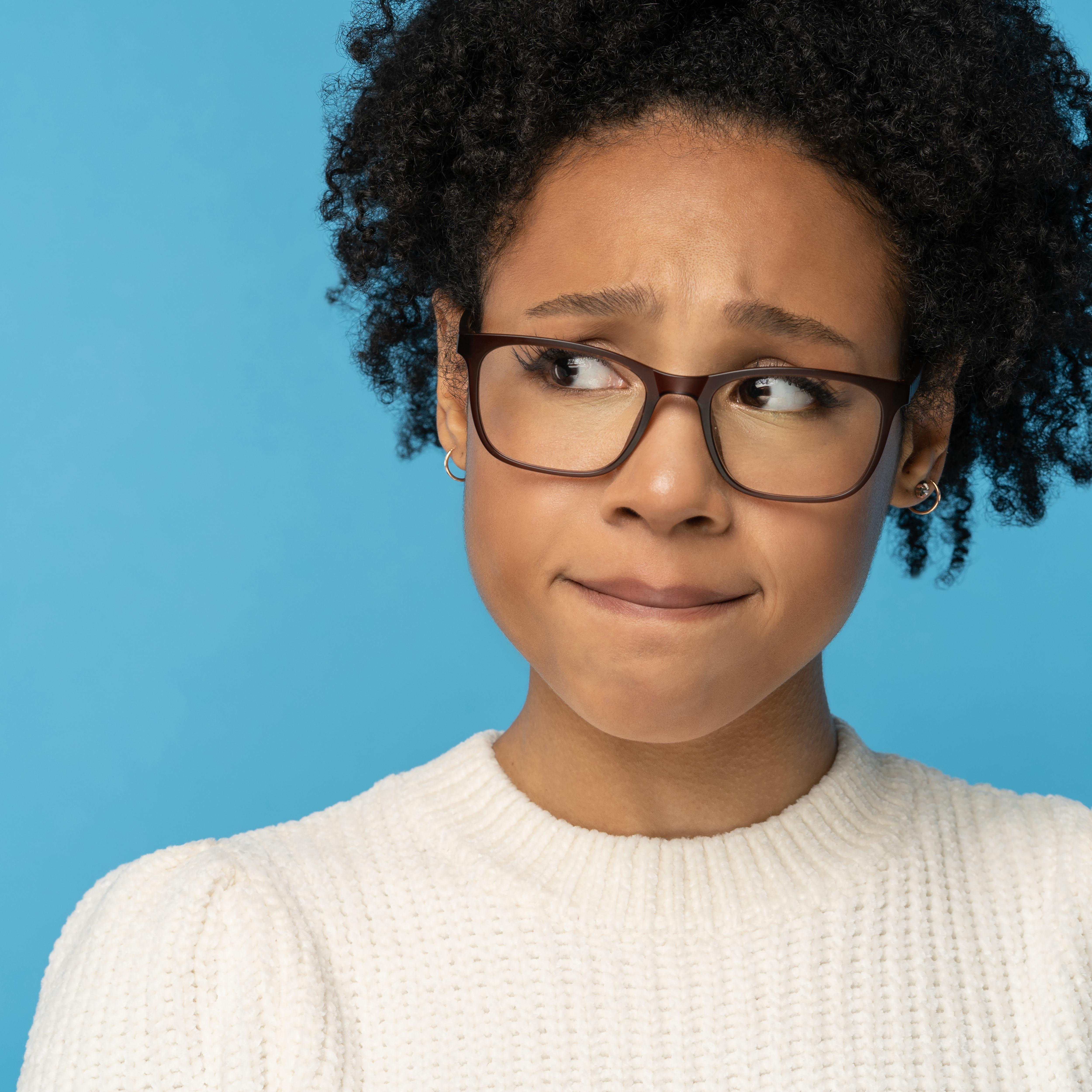Alopecia is a broad term for hair loss, and there are several types that affect people differently. Each type of alopecia has unique causes and effects, and understanding the differences can help in determining the best treatment or cosmetic solutions. Here are some of the main types:
- Alopecia Areata: An autoimmune disorder where the immune system attacks hair follicles, leading to round patches of hair loss on the scalp, face (including eyebrows), and sometimes other areas of the body.
- Alopecia Totalis: A more advanced form of Alopecia Areata, resulting in complete hair loss on the scalp.
- Alopecia Universalis: The most severe form, causing total hair loss on the entire body, including the scalp, eyebrows, eyelashes, and body hair.
- Androgenetic Alopecia: Also known as male or female pattern baldness, this type is usually hereditary and leads to gradual thinning of hair on the scalp. It can also affect the eyebrows, particularly in women.
- Traction Alopecia: Caused by prolonged tension or pulling on the hair, often due to certain hairstyles, this type can result in hair loss along the hairline, including the eyebrows.
- Scarring Alopecia (Cicatricial Alopecia): This type involves the destruction of hair follicles due to inflammation, leading to permanent hair loss and scarring on the scalp or other areas.
- Frontal Fibrosing Alopecia (FFA) is a specific type of scarring alopecia that primarily affects postmenopausal women, though it can also occur in men and younger women.
- Telogen Effluvium: A temporary form of hair loss that usually occurs after a shock to the system, such as stress, illness, or childbirth. Hair typically regrows once the underlying cause is addressed.
- Anagen Effluvium: Rapid hair loss caused by medical treatments like chemotherapy, which affects the hair during its growth phase. Hair loss can occur on the scalp and other areas, including eyebrows.
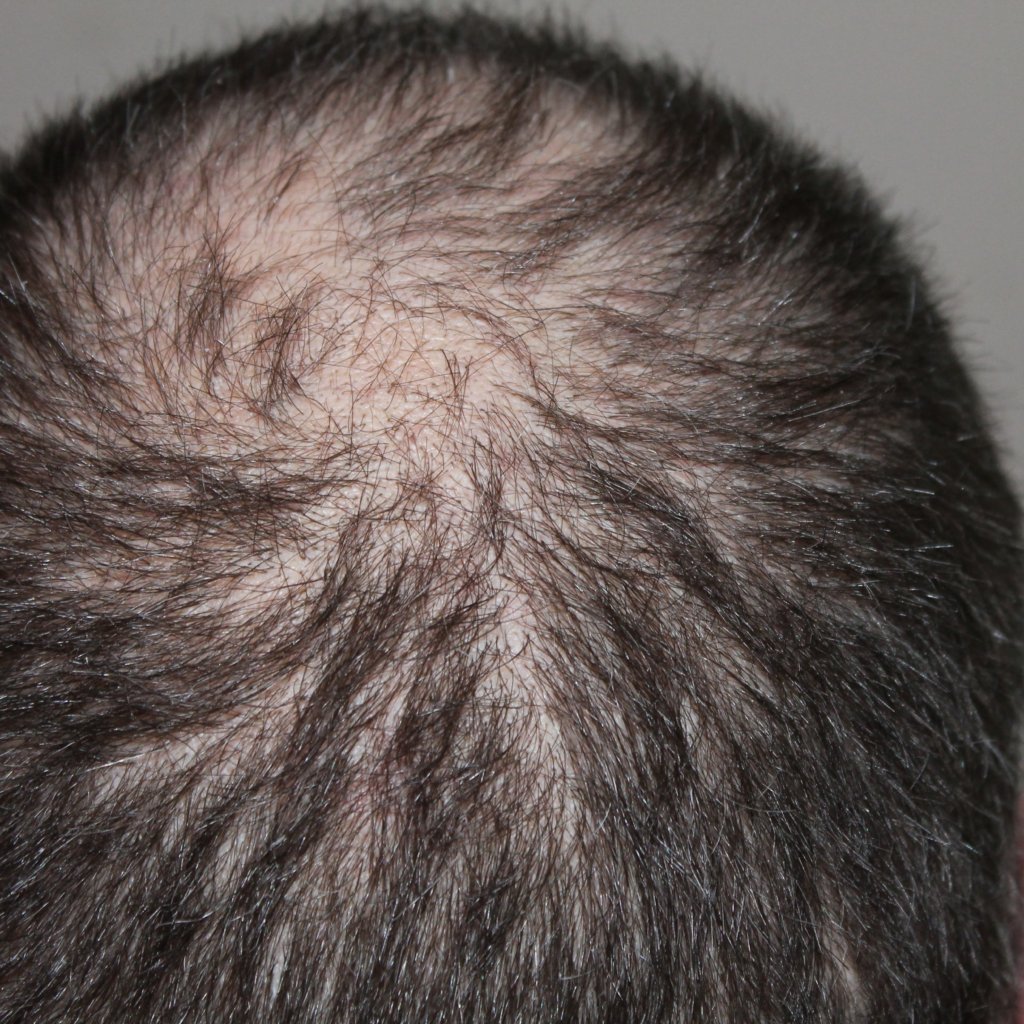
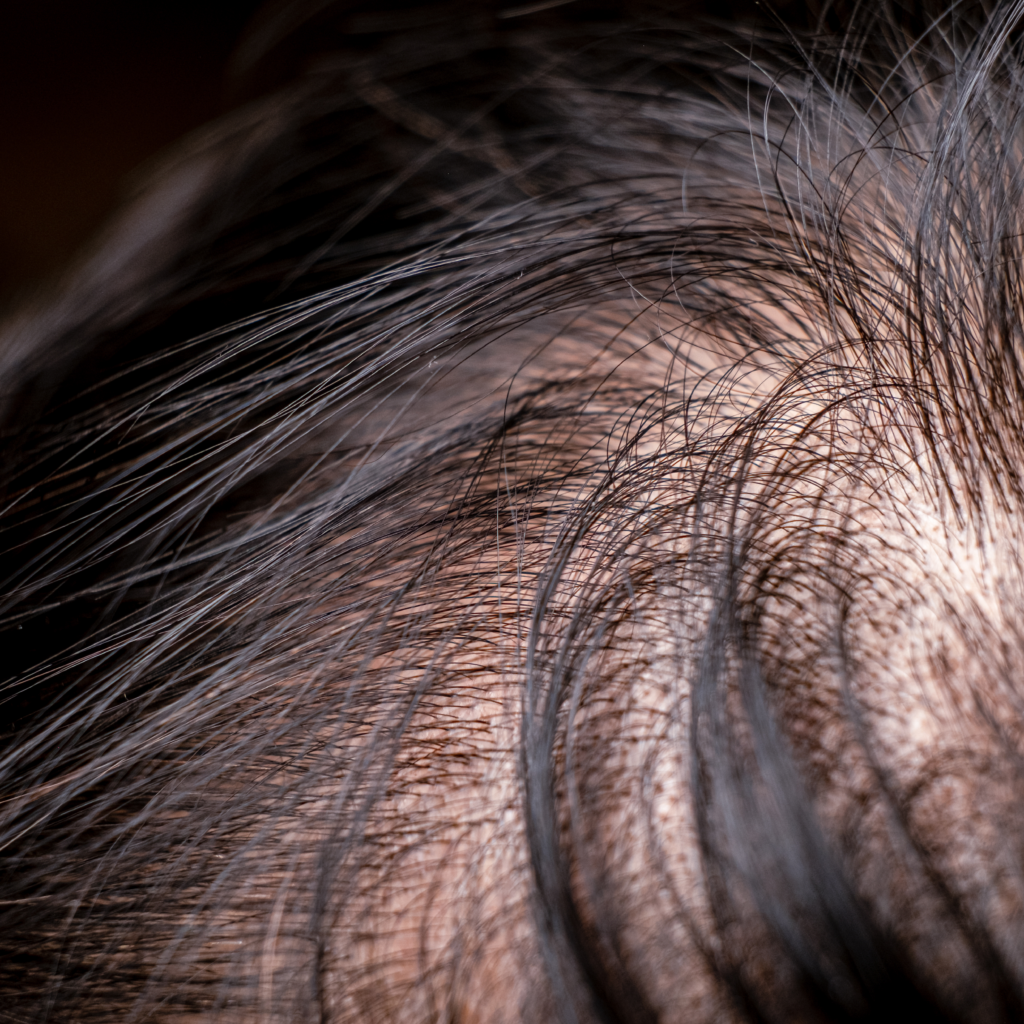
For many, eyebrows are a defining feature that frames the face and enhances expressions. When hair loss affects the brows, it can be particularly challenging to cope with. Thankfully, permanent makeup offers numerous solutions for those living with alopecia.
Techniques like Microblading and Microshading, can create the appearance of natural, full eyebrows. By carefully implanting pigment into the skin, a skilled artist can replicate the look of individual brow hairs, or create a soft, powdered effect that mimics the appearance of makeup. This not only restores the look of natural brows but also provides a boost in confidence that can be life-changing.
It’s important to approach permanent makeup with the guidance of a professional who understands the unique needs of alopecia patients. A thorough consultation will help address any concerns, discuss the desired outcome, and explain the aftercare process to ensure the best results.
Permanent makeup can be a powerful tool for those dealing with alopecia, offering not just the appearance of eyebrows but also a renewed sense of normalcy and confidence. If you or someone you know is struggling with hair loss, exploring permanent makeup could be the next empowering step.
Take a look below at this beautiful brow transformation!!! This client had very minimal brow hair, and if you look closely, you’ll notice residual pigment from an old brow tattoo done years ago by another artist. With Microshading, we were able to restore her brows, creating a fuller appearance with defined body, arch, and tail, while also effectively covering the old tattoo.
